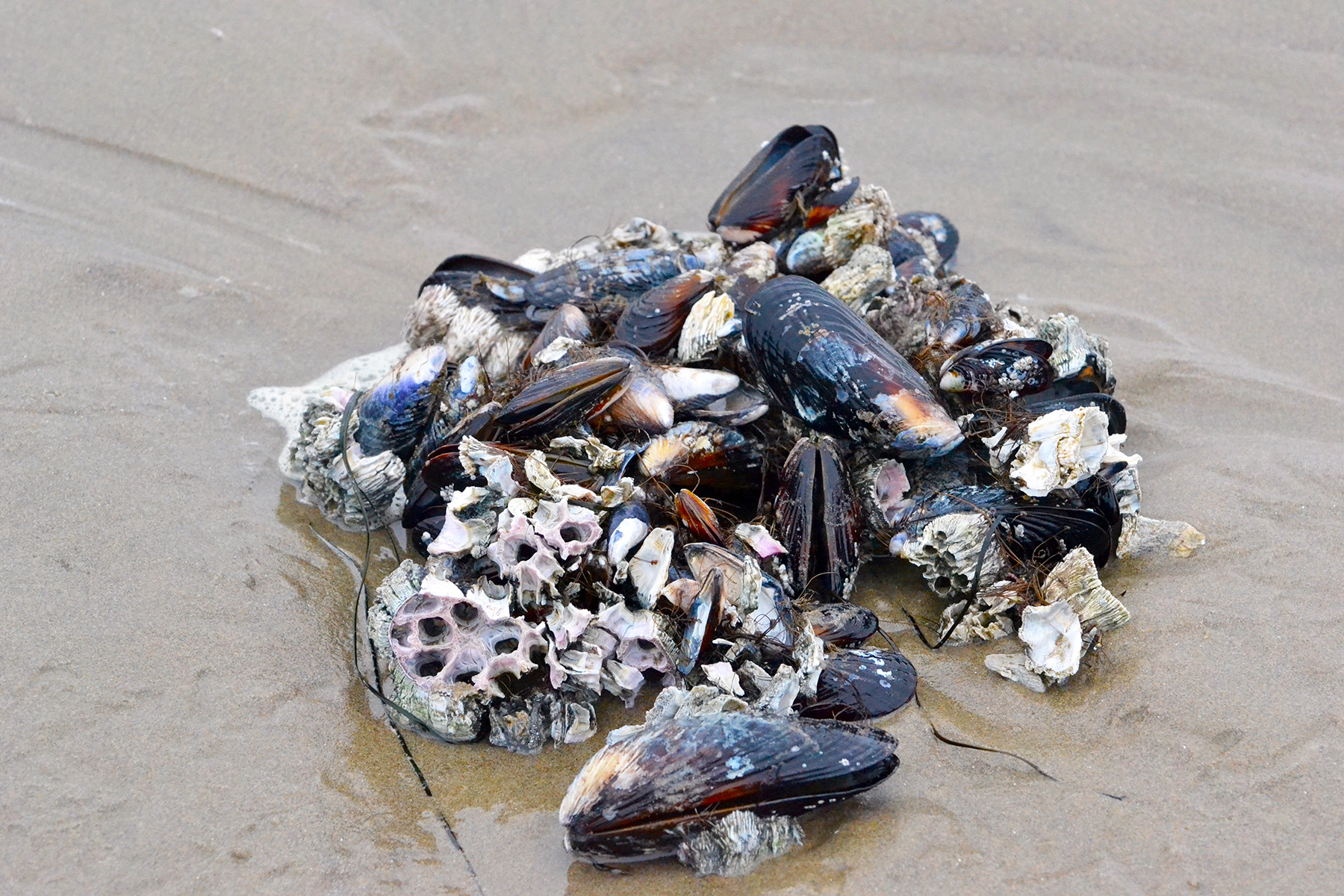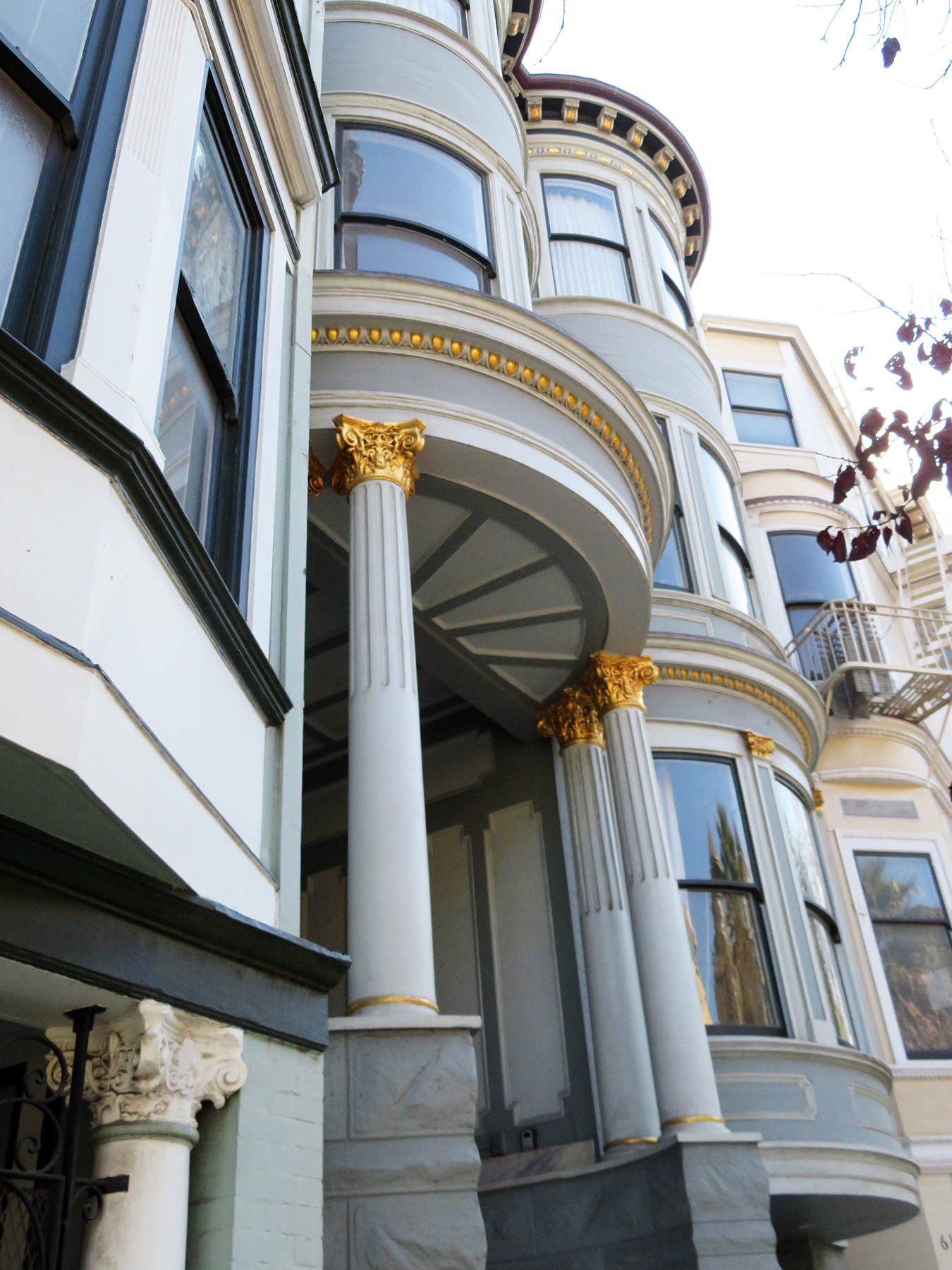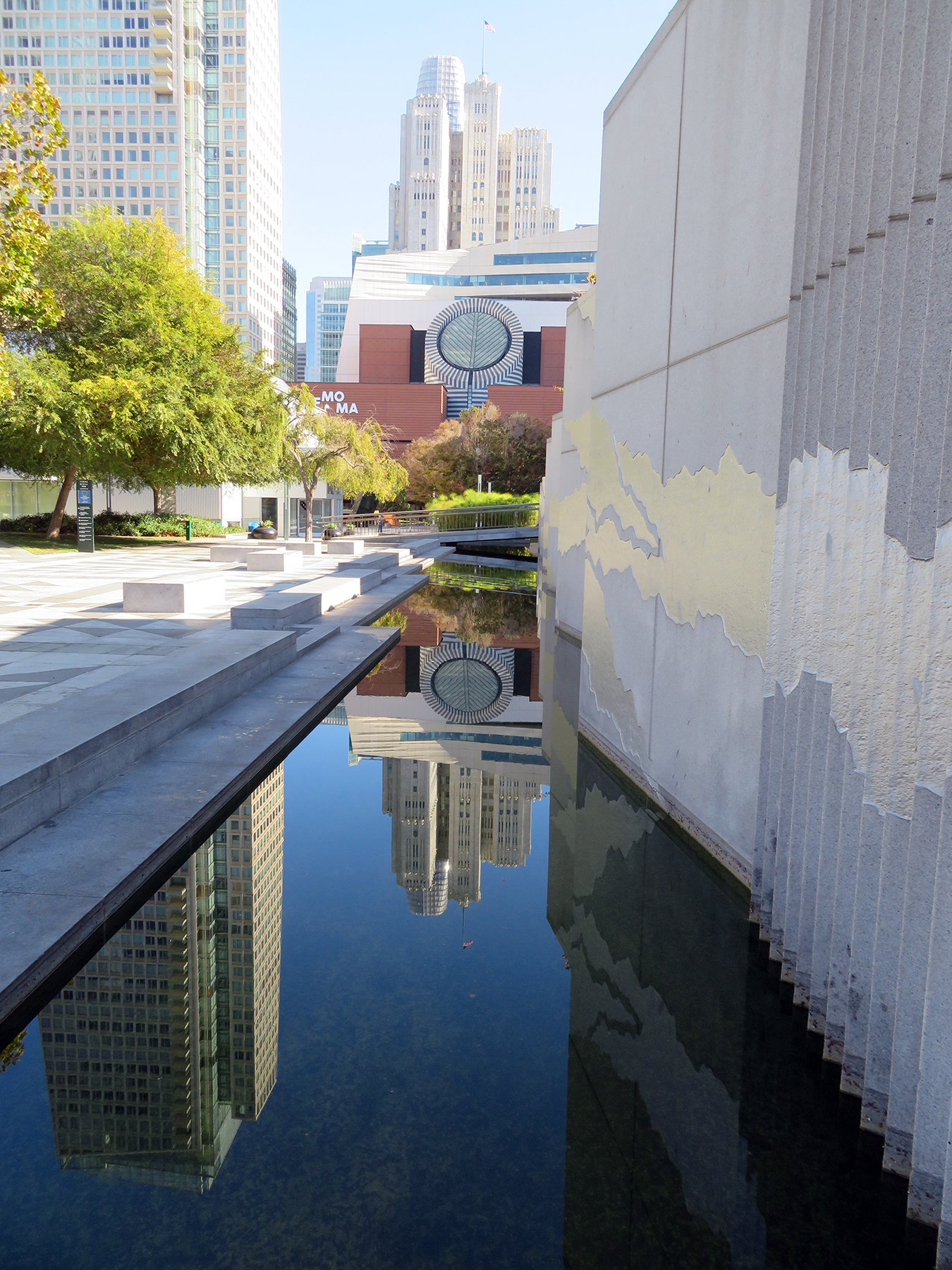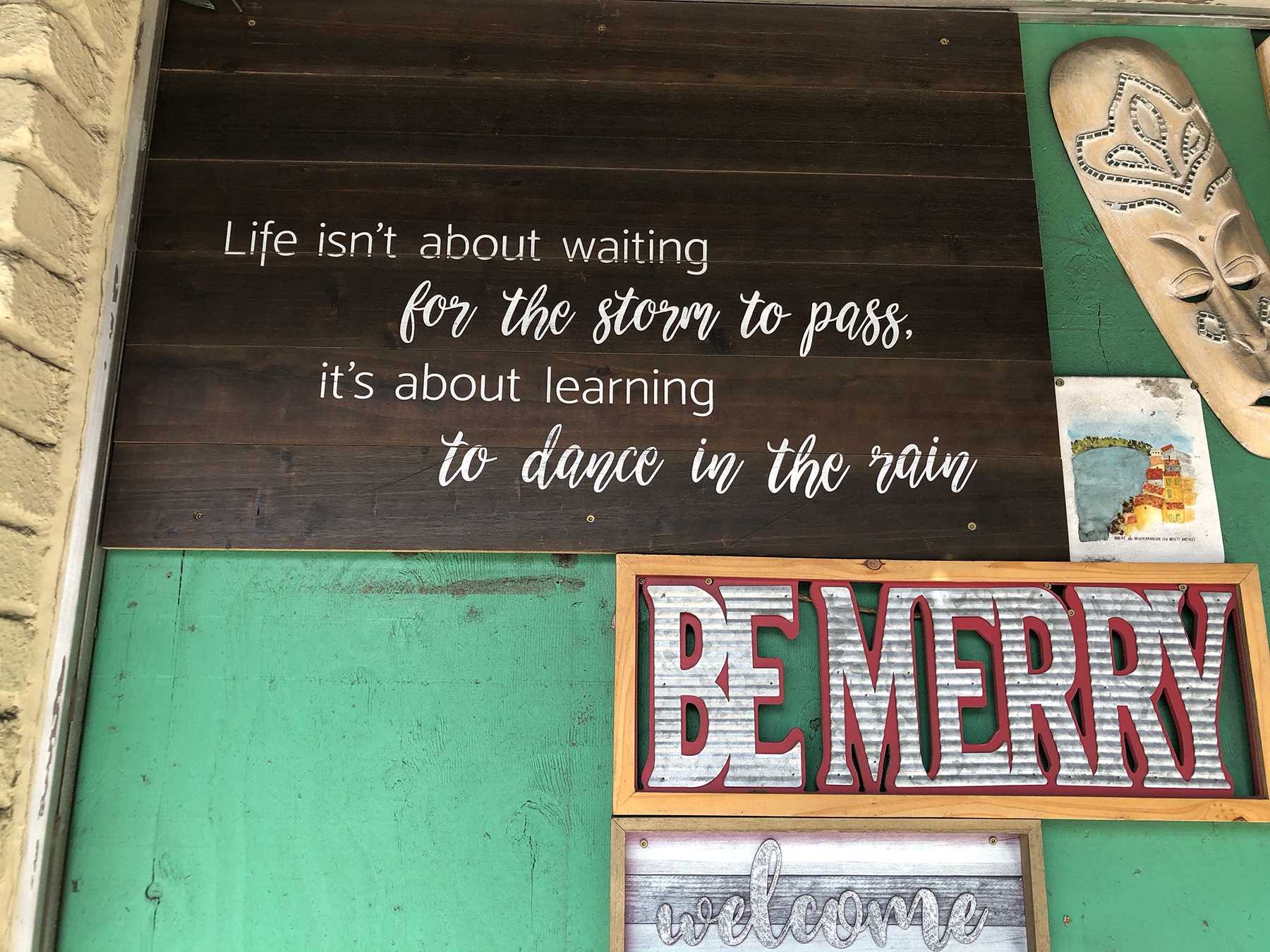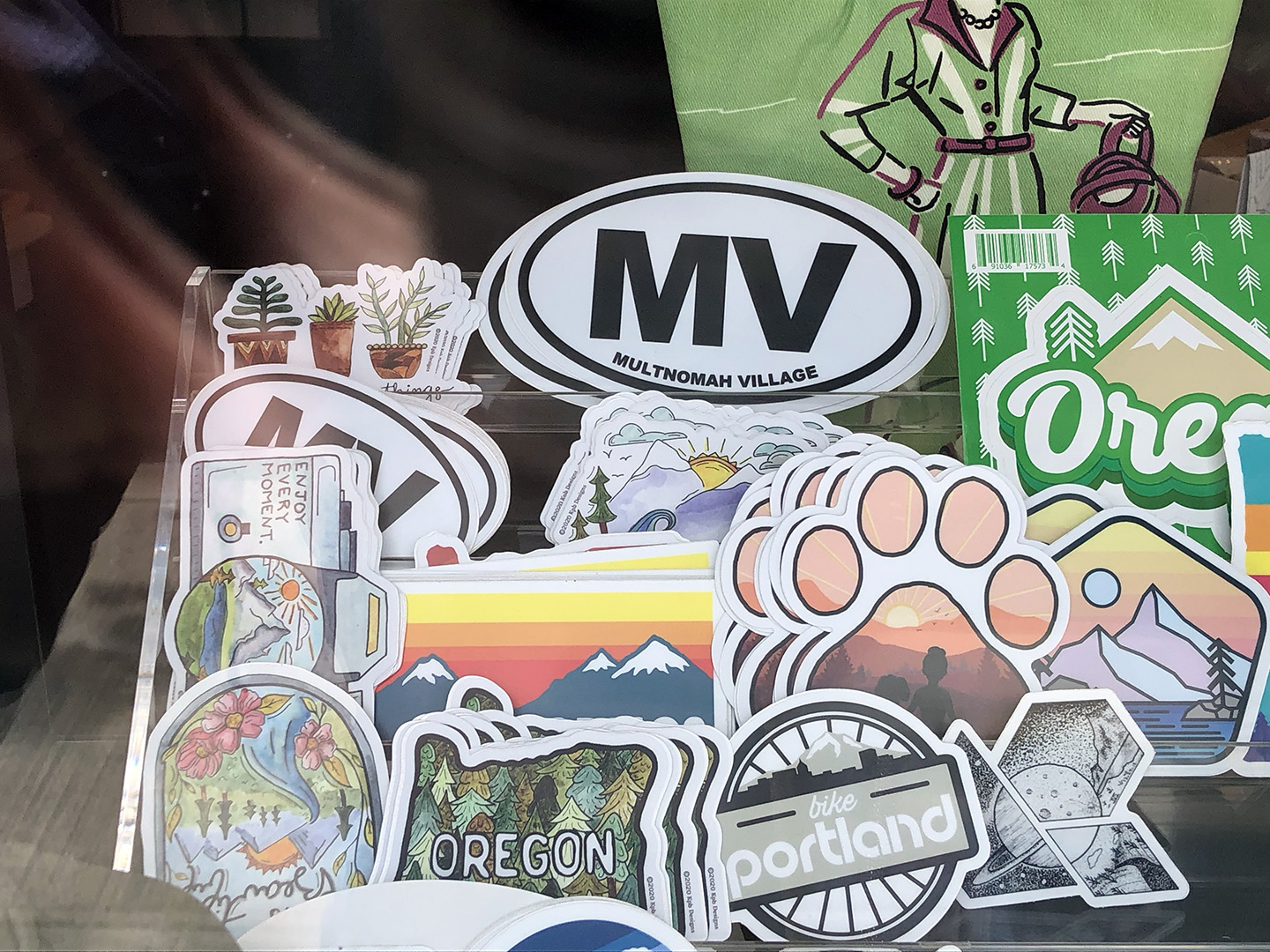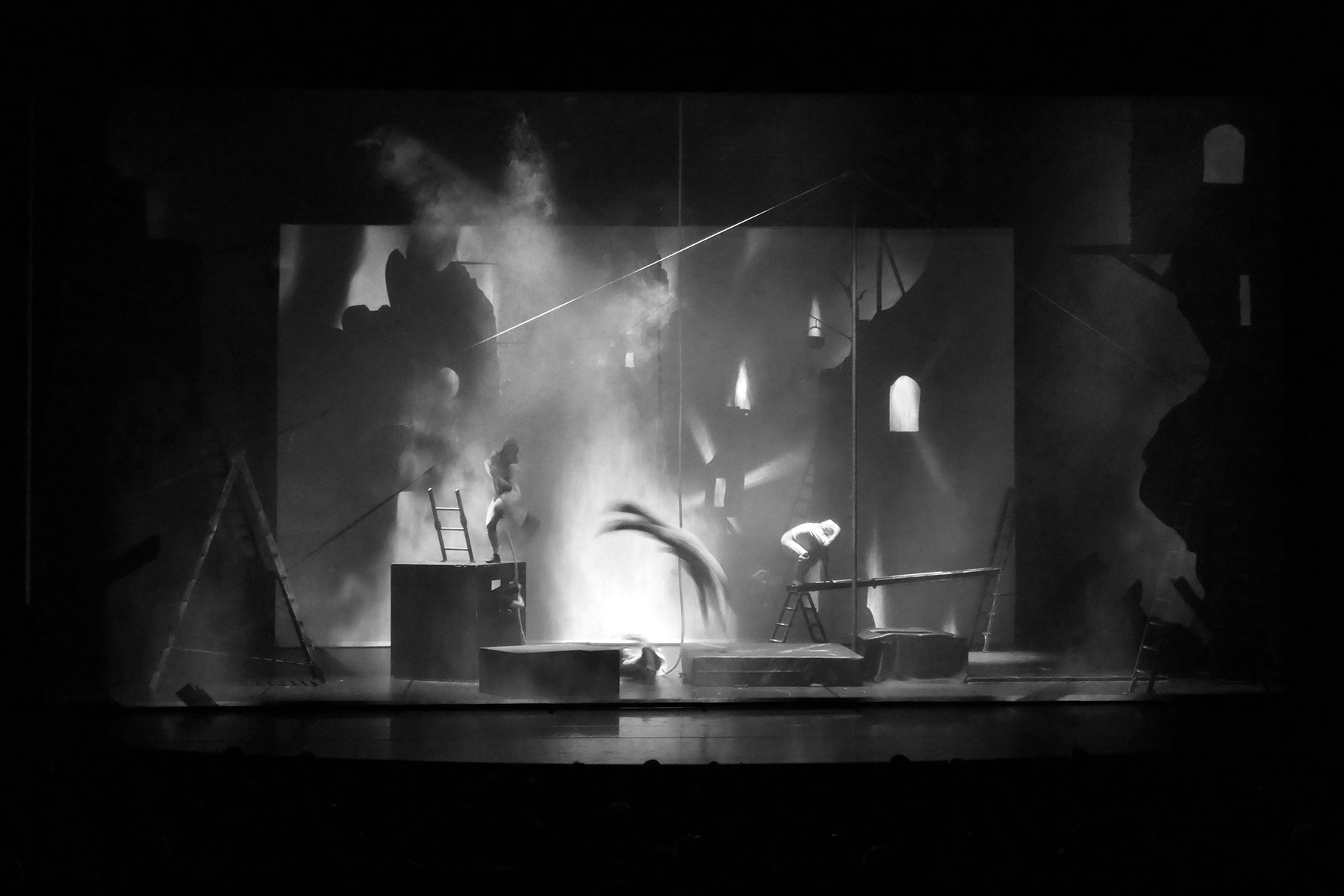Humor me. After all I spent hours in front of the TV yesterday, with goosebumps rising and tears falling. Tears of relief, as well as of exhaustion, as well as frustration because all of the optimism on deliberate display will only bring us what’s truly needed if it is followed by action.

Action that will have to be more than mild remodels of the status quo.


The luminous Amanda Gorman, aware that history has her eye on us, said it softly: There’s always light…if only we were brave enough to be it.


Back to the fun stuff: when Lady Gaga emerged to sing (exquisitely) the National Anthem, I almost spilled my coffee. Was that outfit some A+ trolling of a Babushka costume reminiscent of a Slovenian model/escort/Flotus? Did that peace dove on steroids make it safely through the metal detectors, not classified as a martial arts weapon? I learned that the outfit was Schiaparelli (elite French couture,) that it was not an attempt to cross Heidi with the Hungergames, and that she did not accidentally braid her scarf into the golden locks….



It was all so quickly made irrelevant by the tears shed in gratitude for the fire captain Andrea Hall signing and speaking simultaneously the Pledge of Allegiance.


And then there were tears of regret, for what might have been in times less polarized than ours and more willing to fight radically for distribution of justice and redistribution of wealth.

The image of Bernie Sanders sitting in his Parka and hand knitted Vermont mittens at the inauguration as if he had interrupted his run to the post office, was cherished not by me alone. A man true to himself. Honoring this icon was a river of memes that flowed throughout the day.



He was not given a cabinet position as Labor Secretary, but remains in his old job, Biden too worried we would otherwise loose the Senate. Let us celebrate courage and relentless fighting, which will happen no matter which position he holds.

Today’s music was written by Verdi in support of unification of another country: that of the Italian States, a process referred to as the Risorgimento (resurgence) which proliferated in the mid-19th century and was finalized in 1871. Masses (4500!) singing the movement.

